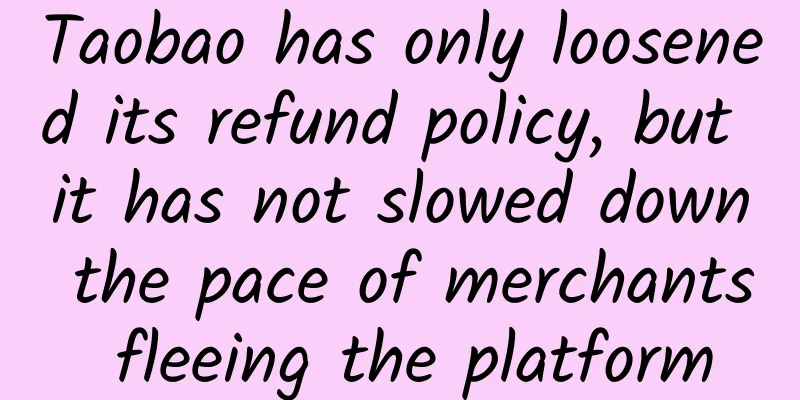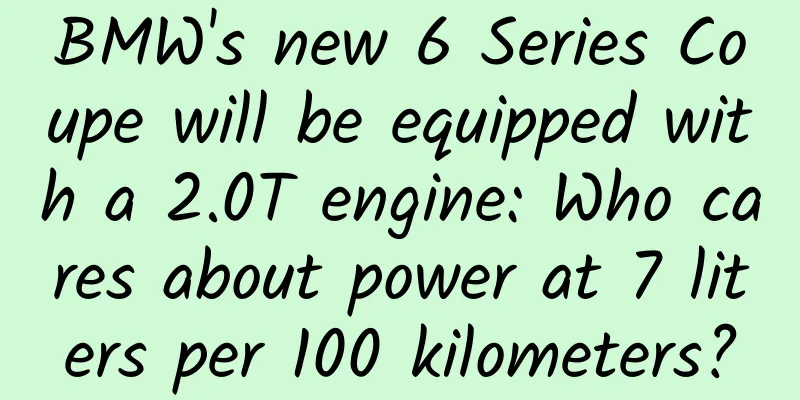Ele.me - The product operation logic behind being willing to wait for 5 minutes

|
Based on the market’s reactions and changes, Ele.me announced a piece of news on September 9, stating that it would launch a new feature as soon as possible: “Would you like to give me 5 more minutes?” 》"Add a small button 'I am willing to wait 5/10 minutes' when checking out. If the consumer is not in a hurry, he or she can click it and give the Blue Knight a little more time." What kind of product logic is behind Ele.me’s 5 minutes? 1. BackgroundIn the early morning of September 9, Ele.me announced that it would launch the "I am willing to wait 5 minutes/10 minutes longer" function, calling on users to be more considerate of deliverymen. The public opinion on the new feature released by Ele.me has mixed reviews, but as a product manager, I have seen some product logic behind this new feature. Write it down for everyone to discuss. 2. Public OpinionOn the day when Ele.me announced the launch of the “willing to wait 5 minutes” feature, CCTV News initiated a public survey on “Is it useful to set up a 5-minute extra waiting feature on food delivery platforms?” The survey shows that 75% of netizens voted for the option "No, the platform should optimize the algorithm instead of 'passing the buck' to consumers." Then, something surprising happened. In a short period of time, the number of people supporting the platform setting of "wait 5 minutes more function" increased rapidly and became the choice of the majority. CCTV commentator Bai Yansong also commented in "News 1+1": "Is this 'mysterious power' called 'water'?" He also expressed his firm opposition to solving the problem by "waiting 5 more minutes". It is the platform and supervision that should be considered, and the blame cannot be passed on to consumers. The comments of CCTV commentators, especially Bai Yansong, represent the voice of most users, but we cannot deny that at least the initial 25% of users voted. It seems that the launch of this feature by Ele.me has indeed caused a lot of controversy. This article does not delve into whether this feature harms consumers, but rather explains why Ele.me launched this feature and what benefits this feature can bring to Ele.me and even Alibaba. 3. The logic behind the product1. Resolving conflicts between platforms and consumersThis function is obvious and will not be discussed in detail here. 2. Get user tagsIn fact, when I saw the news about Ele.me launching the “willing to wait 5 minutes” feature, my first reaction was that Ele.me wanted to shift the conflict between the platform and consumers. But if you think about it carefully, it may be more than that, at least that’s more than I can see. As we all know, almost every Internet product has its own user portrait, and the user portrait is composed of labels. Of course, Ele.me will also have user tags, and through the Alibaba ecosystem, it will have more user portrait tags. The product will collect users' preferences, habits, etc. through the operations they perform on almost every function of the product (especially key functions). These functions of the user will form a label system through background calculations, thereby improving the user portrait. 4. What labels does this feature give to users?First of all, let’s talk about this function. To put it simply, it means that if users tolerate it for a few more minutes, the deliveryman will have a few more minutes to deliver the food. As for how many minutes it will take, that depends on how many minutes the user can tolerate. Therefore, for this function, I think there are mainly two tags: 1. User toleranceEle.me records whether the user clicks “I’m willing to wait 5/10 minutes longer” every time they order takeout. After a period of data accumulation, it calculates the probability of the user clicking this function every time they order takeout, and thus forms the user’s tolerance. For example, if a user orders takeout 100 times and clicks this function 50 times, the user tolerance is 0.5. The more times a user orders takeout, the more accurate the tolerance becomes. 2. User tolerance levelAt the same time, we see that the function this time is “wait 5 minutes/10 minutes longer”. Note that it is 5 minutes or 10 minutes, which means that the user’s waiting time is uncertain - you may wait for 1 minute, or you may wait for 10 minutes. The author speculates that the Ele.me team will record the amount of time that tolerant users (tolerant users: users who click this function) wait for each takeout order, and obtain the critical value of the user's waiting time, that is, the user's tolerance level, through user feedback. User feedback: It can be obtained through user reviews (no reviews are the best reviews, and it is mainly inferred by obtaining negative reviews) and deliveryman feedback (just speculation, the deliveryman’s client should not have this function, if it does, it would be outrageous). However, if we simply think about people's minds, we will know that when users click on this function, they will psychologically suggest that they have to wait 5-10 more minutes. When the delivery man is "on time" or even more than 10 minutes late, users will largely accept this fact. User tolerance level: By recording the waiting time of each user, the average waiting time of the user is obtained by dividing the total waiting time of the user by the number of orders. 5. How to use user tagsAbove we talked about the user tags brought by this function. The production of tags is important, but the most important thing is to make the tags serve the company and users. Both labels are about user tolerance, so they are used together. The author believes that there must be labels regarding user tolerance within Alibaba’s system, but what role does this tolerance play? The following are two simple examples using the Alibaba ecosystem as an example:
VI. Impact on SocietyEven though it has attracted the attention of CCTV, Ele.me does not seem to have any intention of canceling the launch of this function, and Meituan is likely to follow suit. It is still unknown whether this function will affect other apps in the app market in the future. If done well, it may ease the relationship between people; if done poorly, it may bring negative effects to the product. But from a product perspective, doesn’t the product just move forward with the launch of new features? Author: Sunny Day Source: Sunny Day |
<<: The boss cuts the budget drastically, is the advertising industry "dead"?
Recommend
How do scientists know the age of fossils and the age of the Earth? Thanks to a revolutionary invention
Before the use of physical and chemical methods t...
Creative analysis of educational and training advertising materials!
According to QuestMobile data, the online educati...
Tik Tok Android Image Optimization Practice
Background Why does Tik Tok need to continuously ...
Bidding promotion: How to optimize core words and effectively manage keywords?
We have compiled a list of common bidding problem...
One article explains user activation!
User activation, as a key link in the user growth...
Is the “Christmas hat” that is flooding the WeChat Moments an accidental “scam”? 5000 words to restore the whole incident
Around 10 p.m. on December 22, 2017, the WeChat M...
How should the landing page be designed during the information flow delivery process?
Before I start this article, I want to ask you a ...
Subverting cognition: AI large models are unreliable, and the larger they are, the less reliable they are? !
The larger the parameters of an artificial intell...
my country's first Mercury-dropping star was successfully launched! What is a Mercury-dropping star and why is it so important?
On April 16 this year, my country's first ded...
WeChat iOS invites developers to participate in the 8.0.14 beta update: Mini Program cover advertising issues fixed, etc.
[[423112]] September 10 news: Thanks to IT Home n...
JeecgBoot mobile phone installation and configuration process
[[359692]] The jeecgBoot front-end UI project can...
Ten lessons from a novice to a master of public speaking
Ten lessons to turn a novice into a master of publ...
Will driverless cars replace taxis?
Ride-hailing app Uber announced yesterday that it...
Twin brothers in Wuhan both scored 664 points in the college entrance examination. Do they have the same IQ? What do the experts say?
The college entrance examination results came out...
Insights: Don’t put your feet into other people’s shoes
Famous Artists Gallery | Lou Shibai, a native of ...









